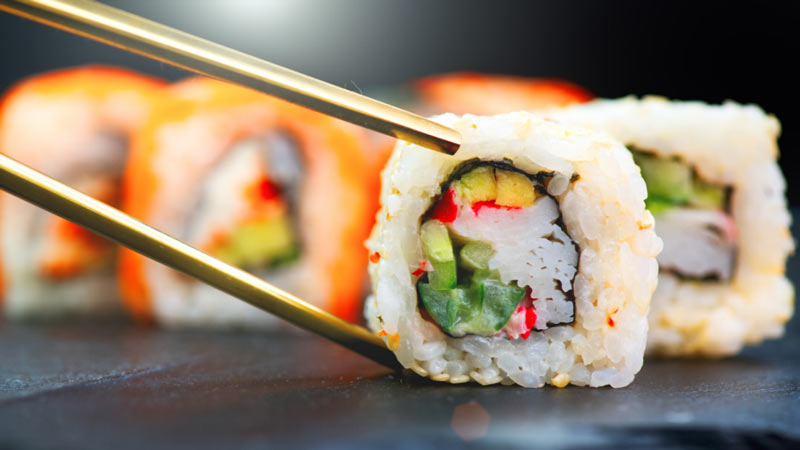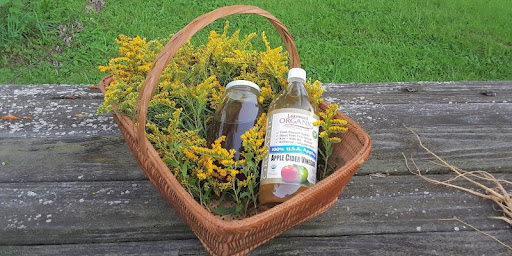Are you looking to explore innovative, delicious seafood options? Look no further than masago – a tiny, orange-hued fish roe used as a popular sushi topping and condiment. Like many other fish egg products, this ingredient is packed with flavor but comes with several unique characteristics that make it worth exploring in its own right.
This blog post will cover what masago is, how it's produced, and where to find it for your culinary creations. Keep reading to learn all the amazing things about one of the newest stars of the sushi scene!
Definition of Masago
Masago is a type of fish roe, and it's most commonly associated with sushi. It's produced from the Capelin fish and has a small, orange-hued appearance. Its flavor is slightly sweet yet salty, which makes it an incredibly versatile topping and condiment for many dishes. Masago is often used to garnish sushi rolls but can also be used in other dishes such as salads, soups, and sauces.
This ingredient is high in essential fatty acids like omega-3s and omega-6s, which are important for maintaining a healthy diet. It's low in calories and fat while being a good source of protein. This makes Masago a great choice for health-conscious individuals.
Masago can also be used in various cooking techniques, from frying to sautéeing to grilling. It has a unique taste and texture, making it stand out from other roe products on the market. Its flavor profile is strong enough to hold up against bolder flavors without being overpowering, and its texture is slightly crunchy yet chewy.
Health Benefits of Eating Masago
Eating masago can provide numerous health benefits due to its high omega-3 and omega-6 fatty acids content. These essential nutrients are important for promoting heart health, reducing inflammation in the body, and improving cognitive function. Masago is also a good source of protein and contains fewer calories than other fish roe products. This makes it an ideal choice for health-conscious people looking to cut back on calories.
In addition to its high content of omega-3s, masago is also a great source of vitamins and minerals such as vitamin B12, magnesium, phosphorus, selenium, zinc, and iron. These nutrients work together to promote healthy cell growth, support the immune system, and help reduce the risk of certain diseases.
Eating masago has also been associated with a lower risk of developing certain types of cancer. Studies have found that individuals who consume foods rich in omega-3 fatty acids have a reduced risk of developing breast and colorectal cancer. Furthermore, masago is also a great source of calcium and can help promote bone health.
Finally, consuming masago may provide mental health benefits. Studies have found that individuals who consume omega-3 fatty acids regularly have reduced symptoms of depression and anxiety. Furthermore, the high amount of zinc in masago helps to support cognitive functioning and memory formation.
Different Types of Masago
There are several types of masago, with variations in color, size, and flavor. The most common type of massage is the orange-colored version used as a sushi topping. However, there are other varieties available such as red or black roe. The larger versions of masago have a milder flavor than the smaller ones and tend to be softer with a more delicate texture.
The orange masago is usually made from Capelin fish roe but can also come from other species, such as flying fish or smelt roe. This fish roe has a sweet yet salty flavor that works well as a topping or condiment for various sushi dishes. The black and red types of masago are usually made from flying fish roe, which has a stronger flavor and firmer texture than the orange variety.
Another type of masago is kazunoko, which is smaller than the other varieties and has a slightly smoky flavor. This masago is often found in Japan and is usually harvested from herring roe. It's generally used in soups, salads, and other dishes as a flavor component.
Finally, there's mentaiko, a spicy version of masago made from pollock or cod roe. This masago has a strong flavor that can be salty and spicy, depending on the amount of seasoning used. It's usually served over rice or folded into a sushi roll for added flavor.
What to Look for When Buying Masago
When purchasing masago, it's important to look for high-quality fish roe harvested from a sustainable source and properly processed. The role should be uniform in color, size, and texture, with no discoloration or other signs of spoilage. It's also important to check the package's expiration date to ensure it's fresh and safe.
Additionally, Masago should be stored in an airtight container in the refrigerator for best results. It can be kept at room temperature if you plan on using it within a few days of purchase. However, if you don't intend to use it soon, it's best to keep it in the fridge and consume it within a few weeks.
Overall, massage is an incredibly versatile ingredient that can flavor many dishes interestingly. With its unique texture and distinct taste, this type of fish roe can be used as a topping or condiment for sushi and a decorative garnish for various entrées. Remembering the tips above, you can easily find and enjoy high-quality masago for your culinary creations.
Recipes Using Masago
Masago can be used in various dishes, from sushi to salads. Here are some delicious recipes using masago for you to try out:
- Spicy Masago Sushi Roll – This classic sushi roll is made with spicy tuna, cucumber, pickled ginger, and masago. The masago adds an interesting texture and flavor to the dish, making it a unique experience.
- Masago Onigiri Rice Balls – These Japanese rice balls can be filled with various ingredients, including masago, for a burst of flavor. They make great snacks for lunch or light dinners.
- Seaweed Salad with Masago – A light and refreshing salad made with seaweed, cucumber, avocado, and masago. The sweetness of the masago adds a delightful touch to the dish.
- Masago Fried Rice – An easy stir-fry recipe that can be made quickly! This fried rice is packed with flavor thanks to adding masago and other ingredients like bacon, garlic, and spices.
- Masago Ceviche – A classic Latin American dish made with raw fish, lime juice, cilantro, and masago. The texture of the masago adds an interesting twist to this traditional recipe.
FAQs
Q: How do I store Masago?
A: Masago should be stored in an airtight container in the refrigerator for best results. It can be kept at room temperature if you plan on using it within a few days of purchase. However, if you don't intend to use it soon, it's best to keep it in the fridge and consume it within a few weeks.
Q: Where can I buy Masago?
A: You can find masago at most Asian grocery stores and some specialty markets. It's also available online from a variety of retailers.
Q: How do I prepare Masago?
A: Masago can be used in various dishes, from sushi to salads. It can also be eaten as is or mixed into sauces or dips for added flavor.
Conclusion
Masago is an intriguing ingredient that has become increasingly popular in recent years due to its unique flavor and texture. Whether you're looking to add a zing to your sushi rolls or give your ceviche an interesting twist, masago is the perfect addition. With its delightful sweetness and distinct taste, it can enliven any meal that you make. Following the tips above, you can easily find high-quality masago and create delicious dishes.






